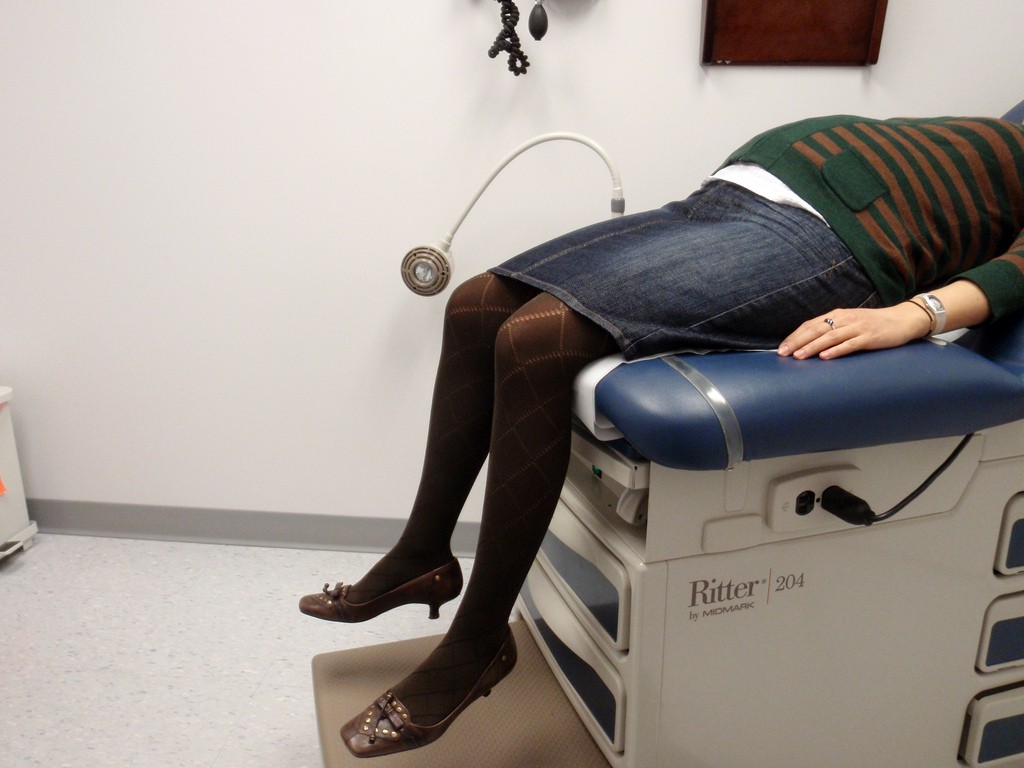You know about informed consent: They inform you of what they want to do and give you a paper to consent on. That’s not how it’s supposed to work.
Informed consent was meant to cover bases for both clinicians and patients. Because medical knowledge is limited and the effects of any procedure or drug even more so, no one can wholly predict how your body will respond to treatment.
Because it’s your body, and the provider doesn’t want to mess it up and reap your wrath, they have you sign the form. This is supposed to be the informed consent they require.
It’s not.
As a patient/client, you can only give informed consent if you are actually informed. Being informed doesn’t mean you were told what they are going to do. It means you understand your situation and you know the risks, the benefits, the alternatives, and why your provider thinks this is the right choice.
Informed consent is a long discussion between the provider and the patient that ends in the patient agreeing to go along with what the provider recommends.
Introducing: Informed Refusal
When a provider seeks informed consent, it means that refusal is also an option. If you don’t get the idea that there is space in the doctor-patient relationship, in this conversation, for you to say “no,” then it’s not informed consent.
If informed consent is real, then so is informed refusal. Otherwise it’s just a piece of paper you sign on a wing and a prayer.
Informed refusal means that you understand your situation, know the risks and benefits of the recommended course of action, and you wish to try one of the other options not recommended by your provider. Informed refusal is understanding what your doctor thinks is best and opting out.
A good provider will support your choice, no matter what it is. That does not mean she will help you on that course, it just means that she will do her absolute best to educate you on your situation and then leave the choice in your hands. She will then assist you in pursuing your chosen course of action or finding another provider who can.
Let us also remember that you don’t give up your bodily autonomy just because you sign a form or are carrying a baby. You may sign a form giving them permission to do what they think is best or perform a certain procedure. If you change your mind, you say so and that effectively nullifies the paper you signed.
Legally and morally, if you say “don’t cut me” when they come with the episiotomy scissors, it doesn’t matter how many papers you signed. If they cut, it’s assault.
What true informed consent looks like
When you’re trying to make a decision (because you do actually make them, even if that consists of deciding to let the doctor make all the decisions), true informed consent means a long talk.
An informed consent conversation consists of the provider telling you what she sees, what your options are, the risks and benefits of each, and her professional advice in the situation. She then leaves the decision to you, seeing as it’s your body and going to affect you considerably more than it will her.
Informed consent only really works when you, the patient/client, feel there is support for your choice no matter what you choose. It’s OK that your provider doesn’t agree with your choice, but not that he uses threats, insults, or coercion to convince you.
It’s not a meaningful right unless it includes the right to say no.
What to do
The consent form is just a piece of paper used to protect the provider’s liability. True informed consent is a long discussion that helps the person whose life will be changed make the decision herself.
Next time you’re facing a decision about your care or your child’s care, get the provider to sit and talk at length with you about your situation and your options. Seek his professional advice and then you make the decision.
If you have a provider who regularly practices deformed consent, see if you can lead the conversation to make it informed consent. If not, point out his unethical behavior and find someone else.
When it comes to birth, having a provider you can trust to be ethical in this way is even more important. Because so few of us can fight for our rights in labor (and none of us should have to), it’s imperative to have a trustworthy provider who understands personal and bodily sovereignty.
Image credit: Daniel Lobo via Flickr CC




